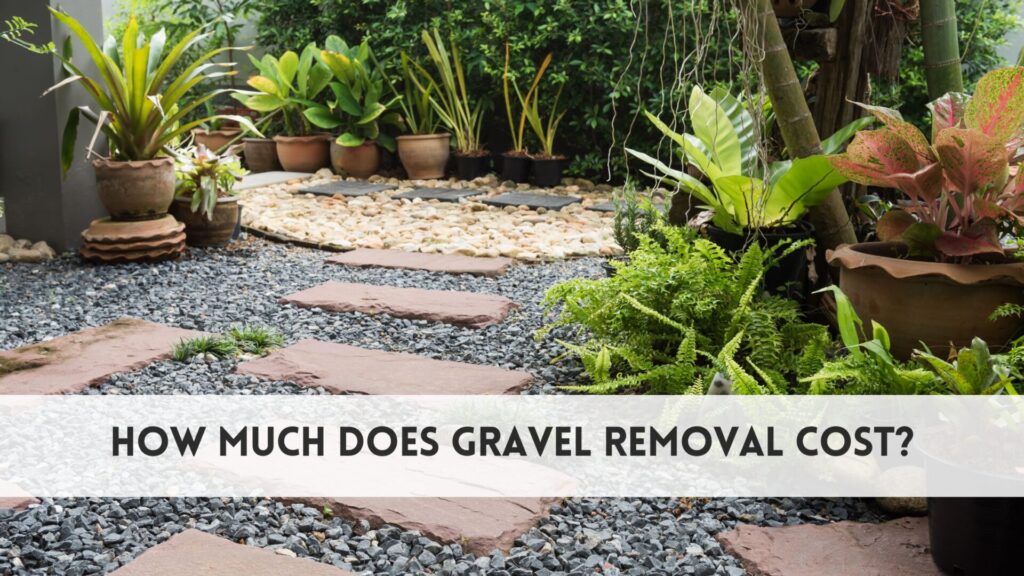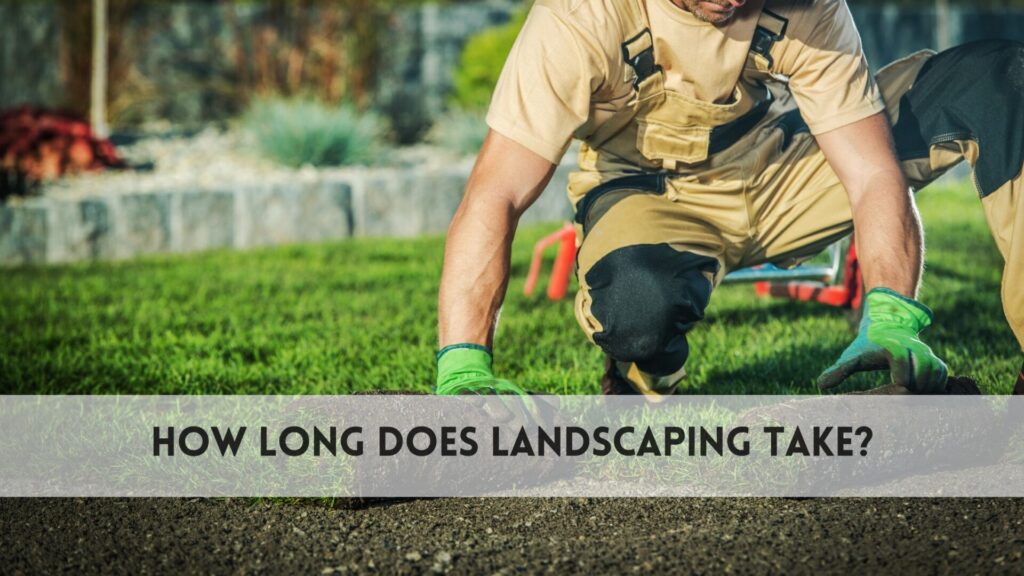Gravel removal plays a significant role in various landscaping and construction projects, such as clearing driveways, preparing garden spaces, or removing old gravel for a renovation. Whether you’re transforming your yard or tackling a larger construction project, understanding the costs involved in gravel removal is essential for effective budget planning. So, How much does gravel removal cost? Many factors can influence the price of gravel removal, including the size of the area, the type of gravel, and the complexity of the task at hand.
For example, removing gravel from a small garden bed will likely cost less than clearing a large driveway. Additionally, equipment, labor, and transportation fees are often included in the overall price, which can vary depending on location. Understanding these factors helps ensure that you’re not only prepared for the costs but also getting fair pricing from contractors. By gathering multiple quotes and being aware of potential additional charges, you can make informed decisions and avoid unexpected expenses during the gravel removal process.
How much does gravel removal cost in Austin, TX?
Gravel removal is an essential part of many landscaping and construction projects, and understanding the costs involved is crucial for budgeting. In Austin, TX, the price can vary depending on the size of the area, type of gravel, and additional services needed. This guide provides an accurate breakdown of gravel removal costs to help you plan your project effectively.
| Project Type | Estimated Cost | Details |
| Small Area (up to 100 sq. ft.) | $150 – $350 | Suitable for garden beds or small driveway sections. |
| Medium to Large Area (300+ sq. ft.) | $450 – $1,000+ | Ideal for larger driveways or extensive landscaping projects. |
| Per Ton Cost | $50 – $100 | Varies based on gravel type; heavier materials like crushed stone may cost more. |
| Landfill/Drop-Off Fees | $32 – $50 per ton | Applicable if hauling gravel to a landfill; fees depend on weight and location. |
| Hauling Services | $275 – $600 per trip | For junk removal services handling up to 2 tons, additional trips may incur extra charges. |
Small Area Removal (up to 100 sq. ft.)
Removing gravel from small areas such as garden beds or small driveway sections generally requires minimal labor and equipment. This type of project typically involves straightforward removal and disposal, making it a quicker and more affordable option for homeowners.
Medium to Large Area Removal (300+ sq. ft.)
For larger projects, such as clearing driveways, patios, or expansive garden areas, the gravel removal process becomes more involved. It requires more time, labor, and specialized equipment to handle the increased volume, making it a more complex and costly endeavor.
Cost by Weight (Per Ton)
Gravel removal can also be priced by weight, with costs varying based on the type of gravel. Heavier gravel materials like crushed stone or river rock may incur higher removal costs due to their weight, requiring additional equipment for transportation and disposal.
Landfill and Disposal Fees
When gravel is removed, it needs to be disposed of properly, which may involve hauling it to a landfill or recycling facility. Disposal fees are often calculated based on weight and the type of material, with some areas charging a flat rate for gravel removal.
Hauling Services
Hiring a junk removal or hauling service to handle gravel removal can be an excellent option for those who want to avoid the hassle of renting equipment and handling disposal themselves. Hauling services can typically accommodate large amounts of material, making it ideal for significant landscaping projects. However, additional charges may apply based on the volume of gravel and the number of trips required.
Factors Affecting Gravel Removal Costs
Understanding the factors that influence the cost of gravel removal will help you get a more accurate estimate. Here are some key elements that can affect pricing:
Size of the Area
- Larger areas require more time, labor, and equipment to remove the gravel efficiently.
- The cost increases as the area expands due to the additional resources needed for removal.
- Accurate measurement of the area helps provide a precise cost estimate.
Type of Gravel
Heavier gravel types, such as crushed stone or river rock, typically cost more to remove due to their weight.
- Lighter materials like pea gravel are easier to handle and usually result in lower costs.
- The texture and density of the gravel affect the equipment needed for removal.
Location of the Property
- Accessibility to the site can influence the overall cost, as difficult-to-reach locations require more effort and time.
- Urban areas may have different disposal fees compared to rural areas.
- The distance to the disposal site also impacts the cost, particularly if hauling is required.
Labor and Equipment Costs
- The complexity of the job determines the number of workers and type of equipment needed.
- Equipment like skid steers, dump trucks, and excavators costs may increase for larger or more complicated projects.
- Labor costs increase with the need for specialized machinery or a larger crew.
Disposal Fees
- Gravel removal often includes disposal fees, which vary depending on the weight and type of material.
- Local regulations and landfill fees can add to the total cost.
- Some companies may charge extra for hauling gravel to recycling or disposal facilities.
Project Complexity
- The complexity of the gravel removal, such as if the gravel is mixed with other materials like soil or debris, can increase the cost.
- Projects that involve intricate landscaping or require additional steps like leveling or grading will also raise the cost.
- More time-consuming tasks typically lead to higher labor costs.
DIY Gravel Removal vs Hiring a Professional
Choosing between DIY gravel removal and hiring a professional service is a decision that largely depends on your budget, the size of the project, and how much time you’re willing to spend. Let’s compare the two options:
| Factor | DIY Gravel Removal | Hiring a Professional |
| Cost | Lower upfront costs, but may incur hidden expenses like tool rental, disposal fees, and extra labor. | Higher upfront cost, but includes all necessary labor, equipment, and disposal. |
| Time | It can take significantly longer, depending on the size of the area and the tools available. | Faster completion due to experience and efficient equipment, saving you time. |
| Skill & Expertise | Requires knowledge of tools, safety, and removal techniques, which may lead to mistakes. | Professionals are skilled and experienced, ensuring the job is done correctly and efficiently. |
| Disposal | You are responsible for transporting and disposing of the gravel properly, which can be challenging. | Disposal is handled by the professionals, including hauling and managing landfill or recycling fees. |
| Safety | DIY removal can lead to injury risks, especially when handling heavy gravel and machinery. | Professionals follow safety protocols and use proper equipment to avoid accidents. |
| Quality of Work | May lead to uneven removal, possible damage to the property, or incorrect disposal methods. | Guaranteed quality of work with proper techniques, leading to cleaner and more efficient results. |
While DIY gravel removal may seem cost-effective, it often leads to unforeseen challenges. Without the right tools and experience, the process can be time-consuming and physically demanding, especially for large areas or heavy gravel types. DIY projects also come with safety risks, from injuries caused by improper handling of equipment to strain from manual labor. Additionally, incorrect disposal of gravel can result in environmental harm or additional fees. Hiring a professional ensures the job is completed efficiently, safely, and correctly, saving you time, reducing risk, and preventing hidden costs associated with DIY gravel removal.
How to Get a Gravel Removal Estimate?
Getting an accurate estimate for gravel removal requires you to gather a few key details. Here’s what you should do to obtain a reliable quote:
Measure the Area
Accurately measure the size of the area you want cleared, as this helps contractors estimate labor and material requirements. Knowing the square footage ensures an accurate cost breakdown for gravel removal services.
Identify the Type of Gravel
Different gravel types, like pea gravel, crushed stone, or river rock, have different removal costs. Be specific about the type of gravel to help contractors assess the necessary equipment and labor, which can affect the price.
Provide Access Information
Make sure the contractor knows how accessible the area is. Difficult-to-reach sites may require additional labor, special equipment, or increased transportation fees, which will affect the overall estimate.
Ask for an Itemized Quote
Request an itemized quote that breaks down costs for labor, equipment, and disposal fees. This transparency allows you to better understand what you’re paying for and helps avoid hidden charges when they dispose the gravel.
Additional Cost Considerations
- Disposal Fees: Texas Disposal Systems charges $60 per ton for gravel disposal, with a 2-ton minimum.
- Equipment Rental: Austin Rentway offers Bobcat rentals at $315 per day, plus $80 per day for trailers.
- Hauling Services: Junk removal companies in Austin typically charge between $275 and $600 per trip, accommodating up to 2 tons of material.
Final Words
So, How much does gravel removal cost? Gravel removal costs can vary significantly based on factors such as the size of the area, the type of gravel, the method of removal, and the location of the property. Understanding these factors is key to budgeting effectively for your project.
Whether you’re considering a DIY approach or hiring a professional, it’s important to calculate the amount of gravel to ensure you’re getting a fair price and the best service accordingly. Be sure to account for potential additional costs, such as disposal fees or landscaping repairs, which can impact the overall budget.
Proper planning and knowledge of the removal process will help you avoid unexpected expenses and ensure the project is completed efficiently. By understanding the scope of the work and preparing accordingly, you can successfully manage your gravel removal project while staying within budget and achieving the desired results.



